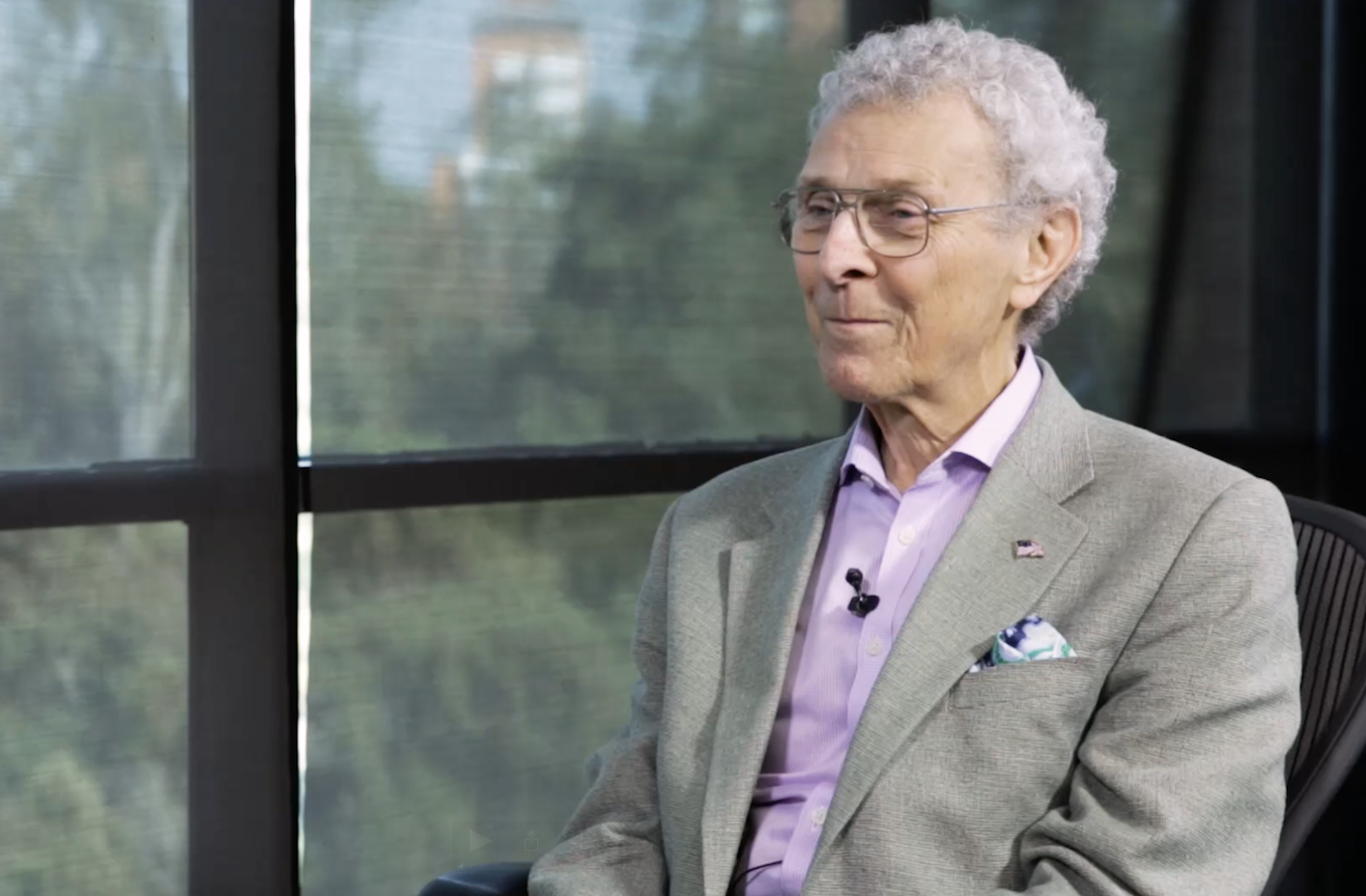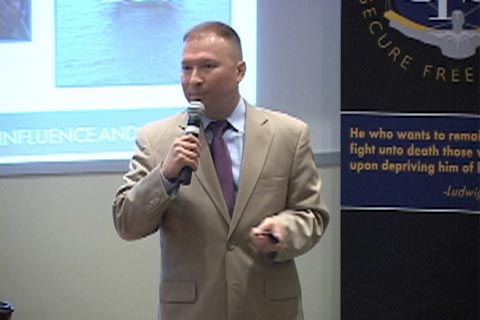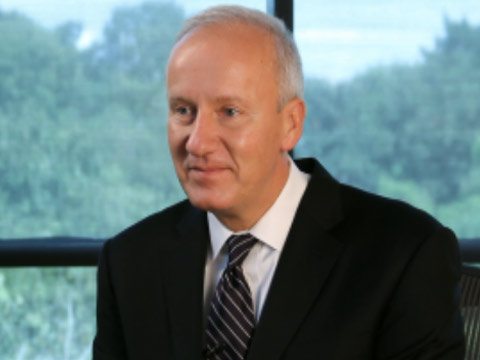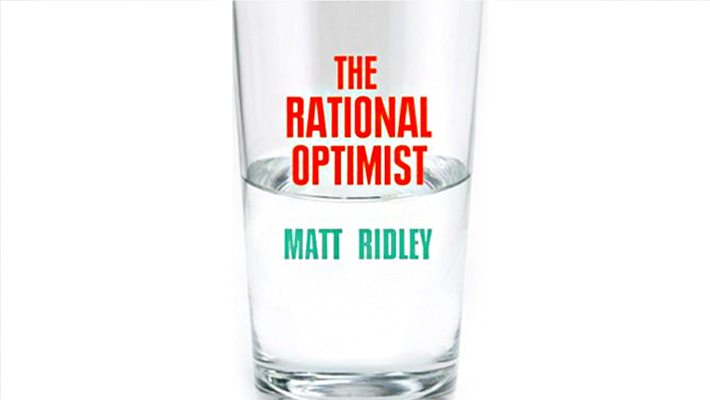About this videoIn order to communicate effectively with different audiences, it is very important to learn how to eliminate barriers and transmit ideas correctly, in order to achieve desired goals. In this conference, J.D. Gordon explains the importance of strategic communications in the interaction process with other people. He describes the relevance of key components such as persuasion, influence, and proactivity in order to communicate effectively. Gordon also explains the six most important elements to be considered when creating a strategic communications plan, such as the type of audiences being reached and the objectives to attain. He also stresses on the significance of this strategy for institutions, Governments, politicians, and other public figures in their attempt to send a message or set an idea of a certain issue. | |
CréditosStrategic Communication
| |











